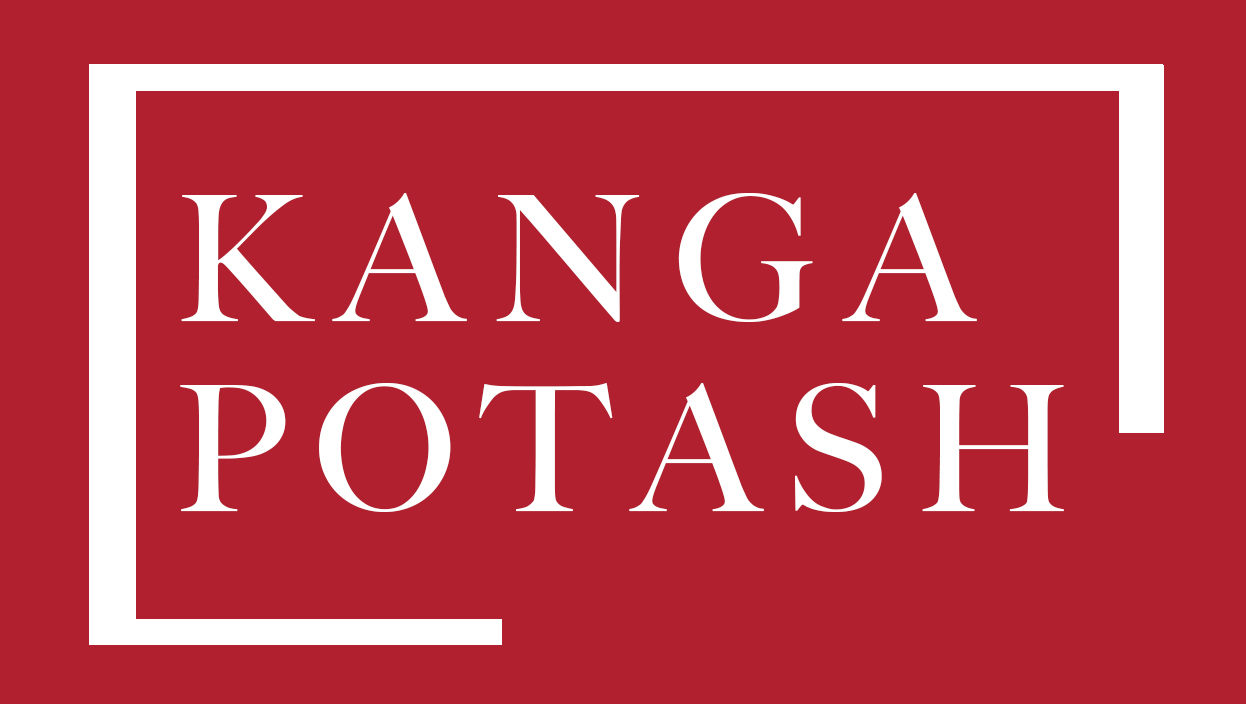Our business model
and strategy
More people… More food… More potash
Kanga Potash utilizes innovative, sustainable production methods. Potash is a vital link in the global food supply chain
• High environmental standards
• Rising global food demand
• Involvement of community
• Local work force
• Management team Partners
• Port facilities
• Road
• Natural gas pipeline
• Government (regulation and tax regime)
• Off-takers Suppliers
• Equity
• Project Finance
• Off-take deals
High environmental standards
Rising global food demand
Involvement of community
Local work force
Management team Partners
Government (regulation and tax regime)
Off-takers Suppliers
Port facilities
Road
Natural gas pipeline
Equity
Project Finance
Off-take deals
WORLD CLASS ASSET
Worlds thickest drilled potash seams
- Low-cost producer
- Long mine life
- High quality mine life
- Expansion opportunities
- Food security and access to the African and global markets
It is vital that the world develops new fertiliser resources to meet the existential need to feed a growing world population. The Kanga Potash project in the ROC is well placed to be a key provider of potash to the growing world market due to its massive tier one resource in close proximity to the coast and utilities such as natural gas, ensuring market-leading economics.
We have always been clear about our commitment to local communities in the ROC and to high environmental standards; both pre-requisites for any quality modern mining project.
Demand for fertilisers and pricing looks likely to remain strong for some time, but as developers of a long-term, low-cost project, our focus is on the multi-decade drivers of demand. We see these as robust, led by the increase in global population and the desire of the world to reduce the carbon impact of fertiliser production.
Kanga Potash stands out as a world-class resource, with the potential to be transformational for both the ROC as it diversifies away from oil and gas, as well as for a growing, global population amidst the context of a global need to secure fertiliser amidst the challenges posed by heightened geo-political insecurity.

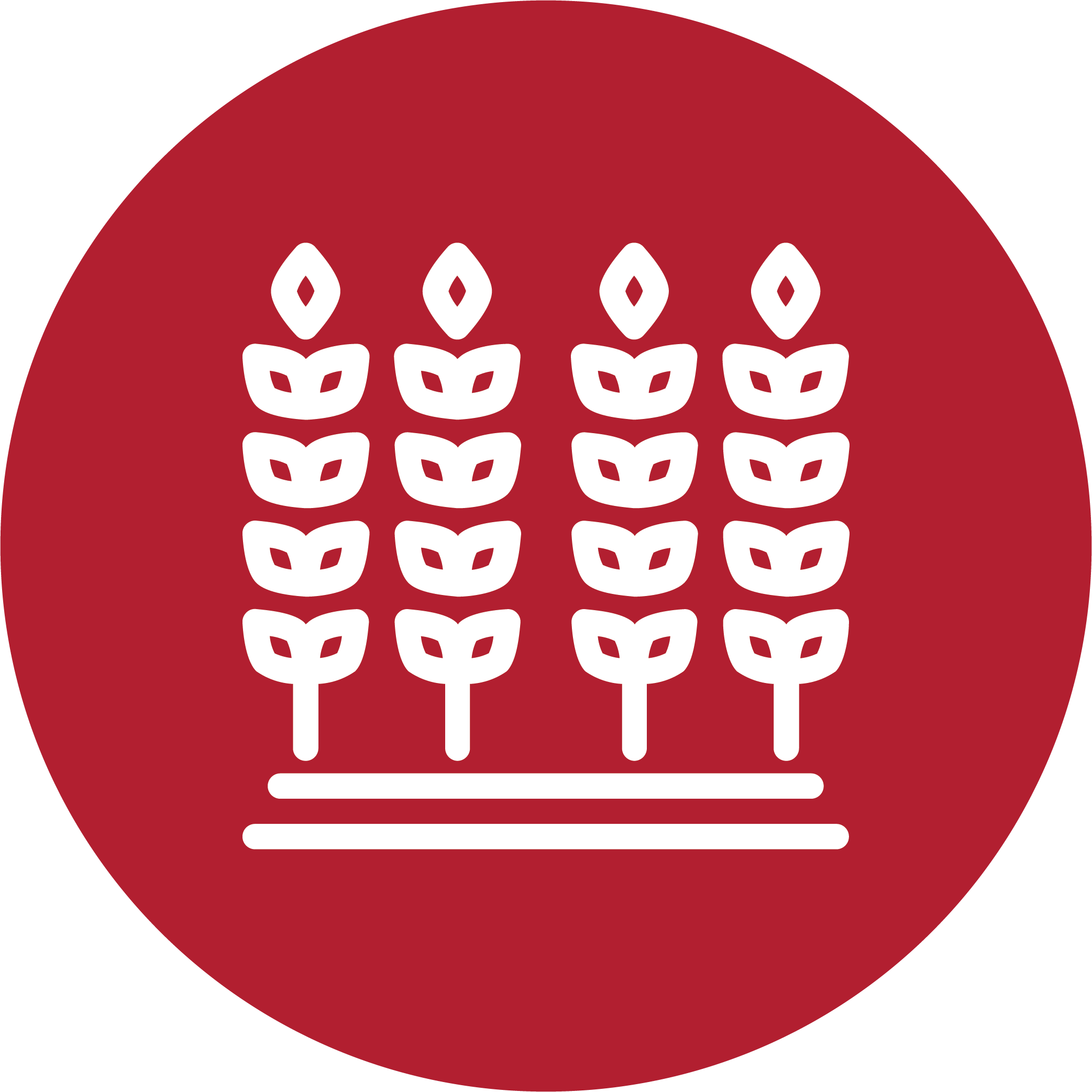
Less Arable Land
-14%
Reduced arable land per capita drives the need for increased productivity
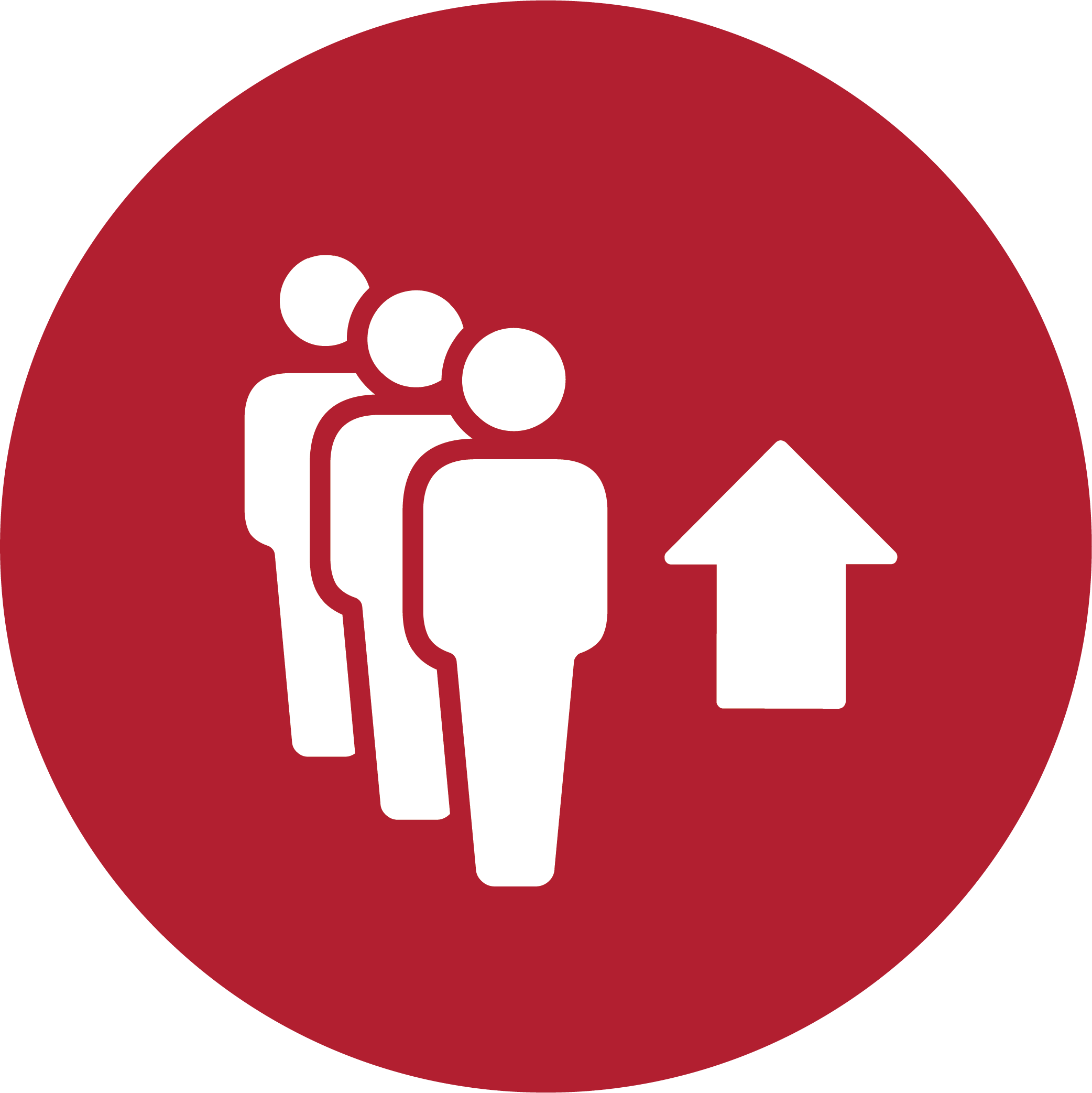
Population Growth
+34%
By 2050 the world’s population will reach c. 9 billion. 34% higher than today
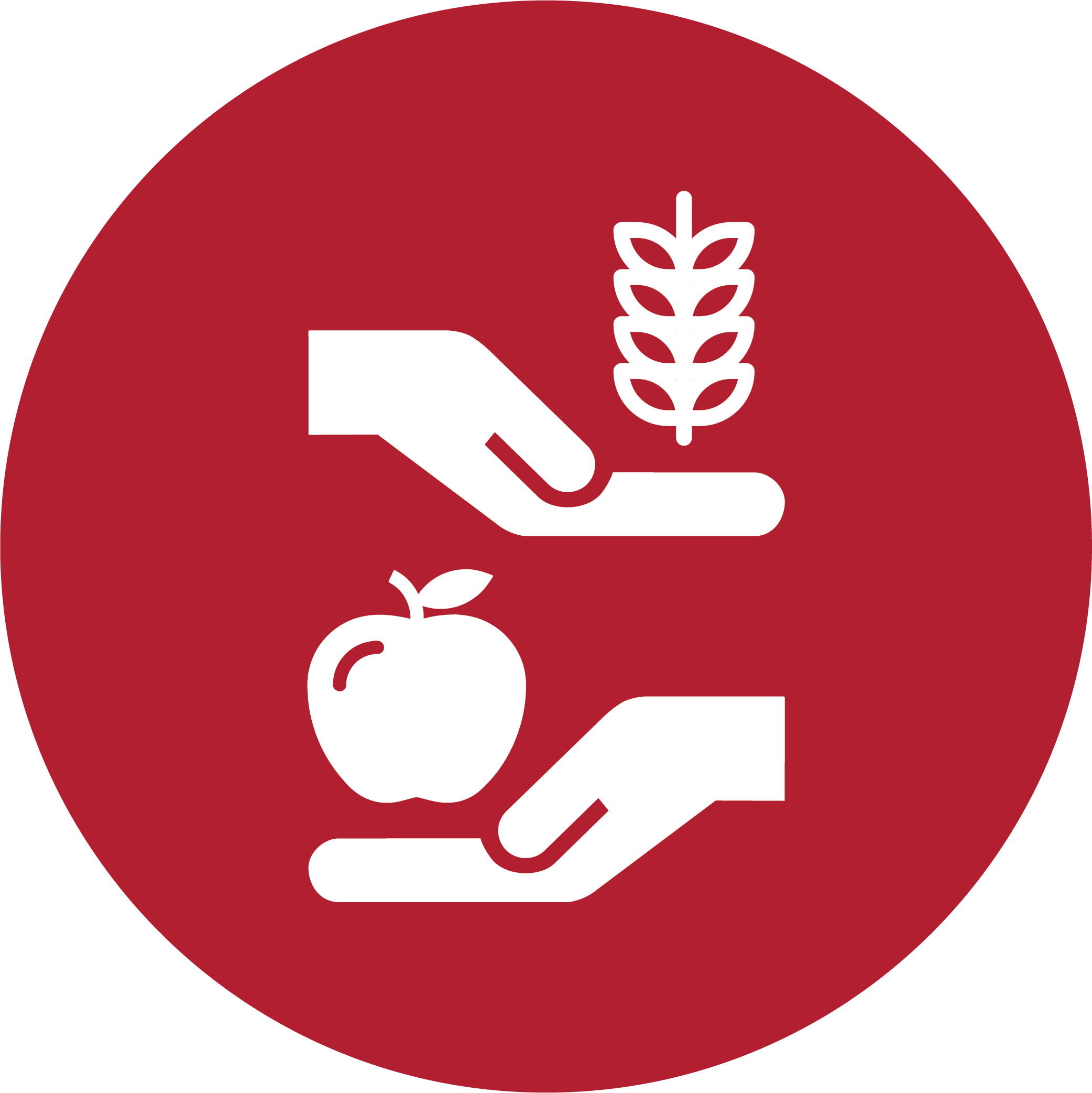
Changing Diet
+63%
Protein per capita is increasing from 80g to 130g per day. Urbanization, higher income, etc. are driving diets to higher valued crops
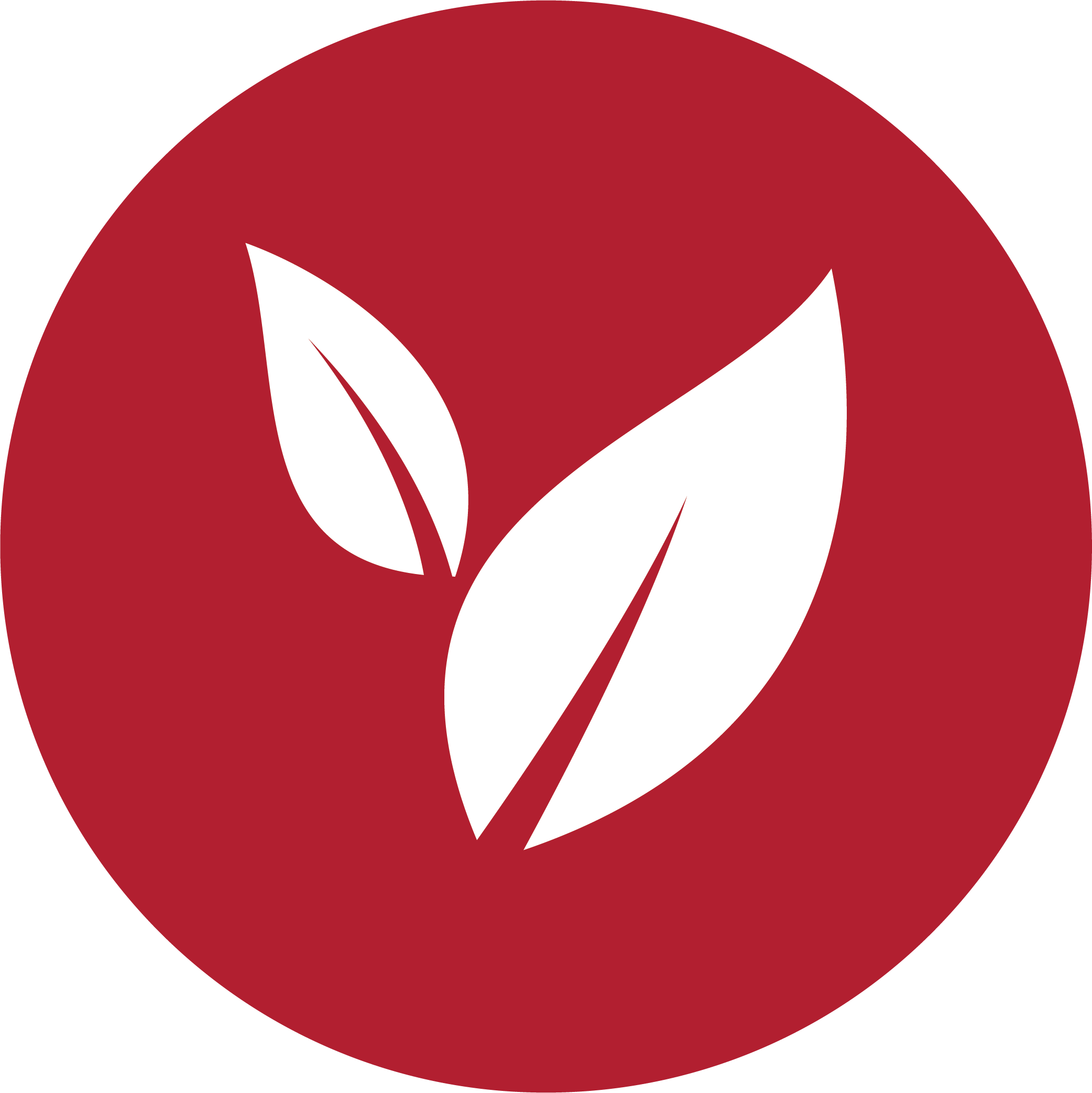
More
KCI
Fertilizer and scientific applications of fertilizer are key instruments to higher productivity and yields
